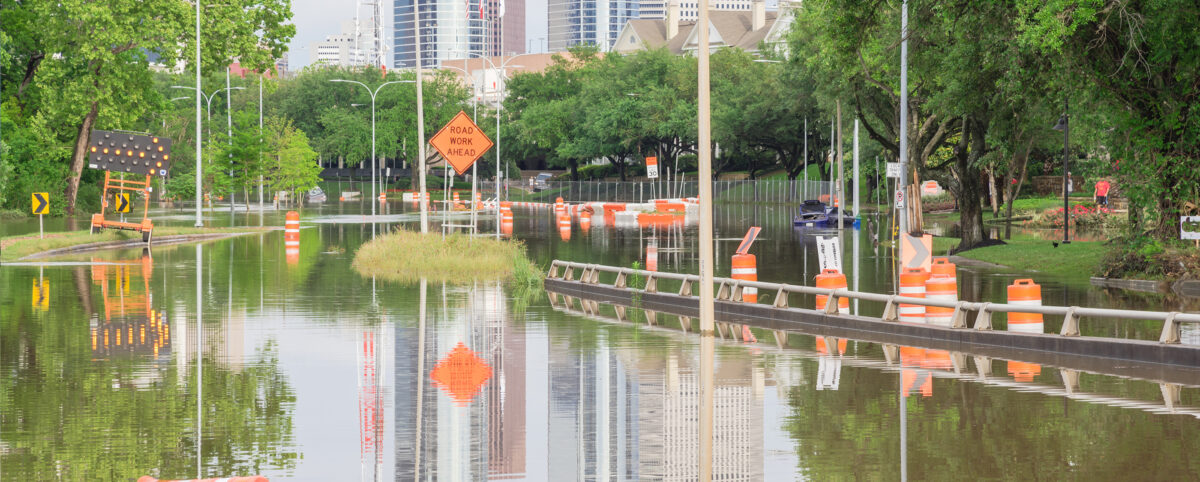In recent years, local municipalities and the federal government have invested millions to make their cities more resilient and prepare for natural disasters, along with mitigating the imposing threats of climate change. Local and federal governments are realizing the critical role transportation infrastructure plays in assisting in disaster and climate adaption efforts and are searching for ways to increase community resilience, improve aging infrastructure, and decrease flood risks with transportation asset management.
Investing in Resilience and Sustainability
In 2017, the City of Miami passed a $400 million general obligation bond, with half of the investment funding community resilience, disaster, and climate relief efforts. This includes reducing flooding risks, mitigating rising sea levels, enhancing public safety, and improving infrastructure. As of March 2021, there are 7 on-going projects in the city to assess transportation assets and improve infrastructure.
In February 2021, the U.S. Department of Commerce’s Economic Development Administration awarded a $1.1 million grant to the Miami Conversancy District in Dayton, Ohio to protect communities from flooding and upgrade Dayton’s levee system. The grant is matched with a $276,254 local investment, all focused on supporting key infrastructure improvements in the Miami Valley.
Challenges of Resiliency Planning and Disaster Management
From mitigating flooded roadways to effectively planning emergency routes, community resiliency plans start with a comprehensive and accurate assessment of all transportation assets, including pavement condition, stormwater management systems, bridges, tunnels, signage, medians, and guardrails—just to name a few.
A significant challenge for most asset management and disaster prevention systems is the lack of a reliable infrastructure asset collection, leading to delays in response time. In terms of the cost to human lives and properties, delays can be hazardous for disaster management agencies. A robust asset management and analysis system is required to ensure that the asset condition is properly assessed, so accurate insights for improving the asset are found.
With lives at stake, effective transportation asset management requires industry expertise and next generation technology to make informed decisions based on data.
PILLAR’s Mobile LiDAR collects massive amounts of data with speed, precision, and cost-efficiency. This system helps us complete surveys in a fraction of the time compared to traditional survey methods. As a result, higher quality data is collected to develop effective emergency response and community resiliency plans and secure appropriate budgets for repair and ongoing maintenance.
With Mobile LiDAR’s fully Automatic Feature Extraction System (AFES), data can be instantly extracted and integrated with existing databases – increasing efficiency, transparency, and better planning.
BE PREPARED WITH PILLAR
Municipalities across the nation are using transportation asset management data to better prepare and protect their communities against natural disasters and the imposing threats of climate change. This is where PILLAR comes in. Equipped with the best asset management experts and advanced technology, PILLAR efficiently collects transportation asset data, accurately assess asset conditions, develops, and executes asset management plans to maintain and optimize their performance against climate change and natural disasters.
As a transportation asset management firm, we help organizations save time, money, and face (by preventing public outcry in the case of a disaster). Partner with us today and help the communities that you serve be more resilient.
Contact us at info@pillaroma.com or (276) 223-0500 to discuss your asset management plans with a PILLAR expert.

